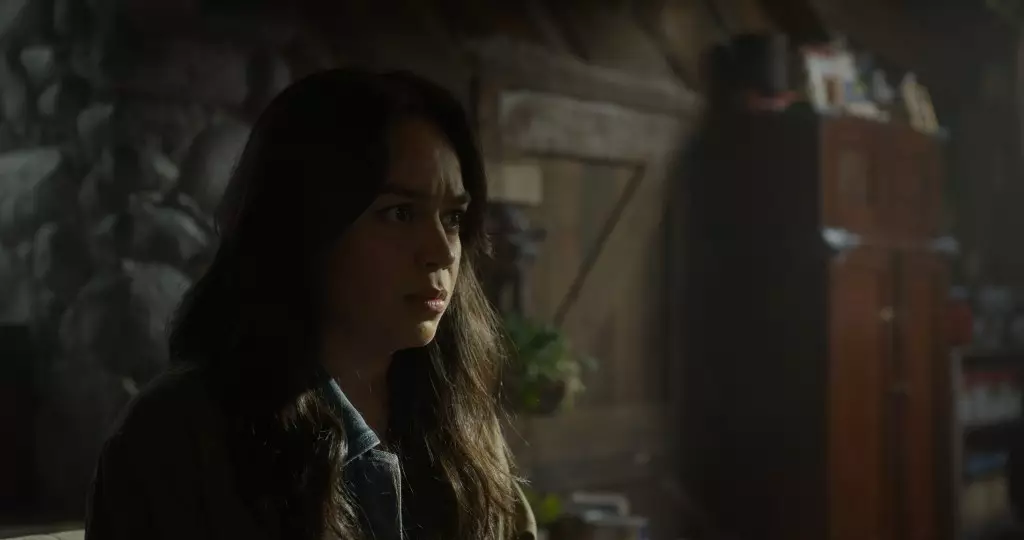As fans of the Final Destination series prepare for the much-anticipated release of *Final Destination: Bloodlines*, a palpable sense of intrigue surrounds its innovative approach. After 25 years, the franchise has not only endured but has also chosen to radically shift its narrative structure and thematic focus. Director Zach Lipovsky, along with co-director Adam Stein, appears determined to provide a fresh experience that reinvigorates the established format, daring to keep fans on their toes. By introducing a premonition that takes place in 1969, they cleverly intertwine historical elements with modern-day horror, an audacious move that certainly calls for attention.
A Time-Defying Premonition
The choice to kick off the film with an extensive deadly premonition set decades earlier signifies more than a mere plot device—it suggests a profound commentary on the relentless nature of fate. This intertwining of past and present is a bold narrative tactic, likely to leave audiences speculating about the myriad connections between the two timelines long after the credits roll. Lipovsky’s statement about fans needing to “lean forward in their seats” speaks volumes about the filmmakers’ intent to craft suspense that disrupts viewer complacency. Unlike previous installments, where events often adhered to a predictable pattern, *Bloodlines* promises an unpredictability that might shift our understanding of death and destiny.
The Allure of Uncertainty
What makes the horror genre thrive is its ability to unearth the primal fears lurking within us. In *Final Destination: Bloodlines*, there is an inherent thrill in uncertainty—who will die next, and how will they meet their end? Lipovsky’s assurance that viewers will be taken by surprise creates an environment ripe for engaging debates among fans. The franchise has oftentimes succumbed to formulaic patterns; however, breaking away from this mold could yield exhilarating results. This idea taps into the human psyche’s desire to experience shock and awe in the face of mortality. By keeping death itself enigmatic, the film beckons us to confront our own fears viscerally and reflectively.
A Fight Against Fate
The protagonist, Stefanie, finds herself at the center of this battle against fate, echoing the universal struggle against predetermined endings. Seeking to challenge her grim future reflects a modern sensibility that questions the inevitability of despair. In a climate where scripts often pander to archetypal heroism, it is refreshing to witness a character grappling not just with external threats, but her internal dilemmas as well. This depth adds complexity to the film’s narrative, suggesting a broader invitation to the audience—if we understand our own choices, can we alter our destinies?
The Fate of the Franchise
As the second-most viewed horror movie trailer in its first 24 hours suggests, *Final Destination: Bloodlines* has stirred considerable excitement. This serves not just as a measure of a successful marketing strategy, but as a testament to the enduring legacy of the franchise. Fans are hungry for more than just blood and gore; they crave a narrative that will stimulate discussions about life, death, and everything in between. It is this craving that the filmmakers appear poised to satisfy, taking the plunge into bold storytelling amid a spectrum of predictable horror tropes. Will we champion this new direction, or watch as the franchise slips into the void of repetitiveness? Only time will tell, but the anticipation is undeniably thrilling.

